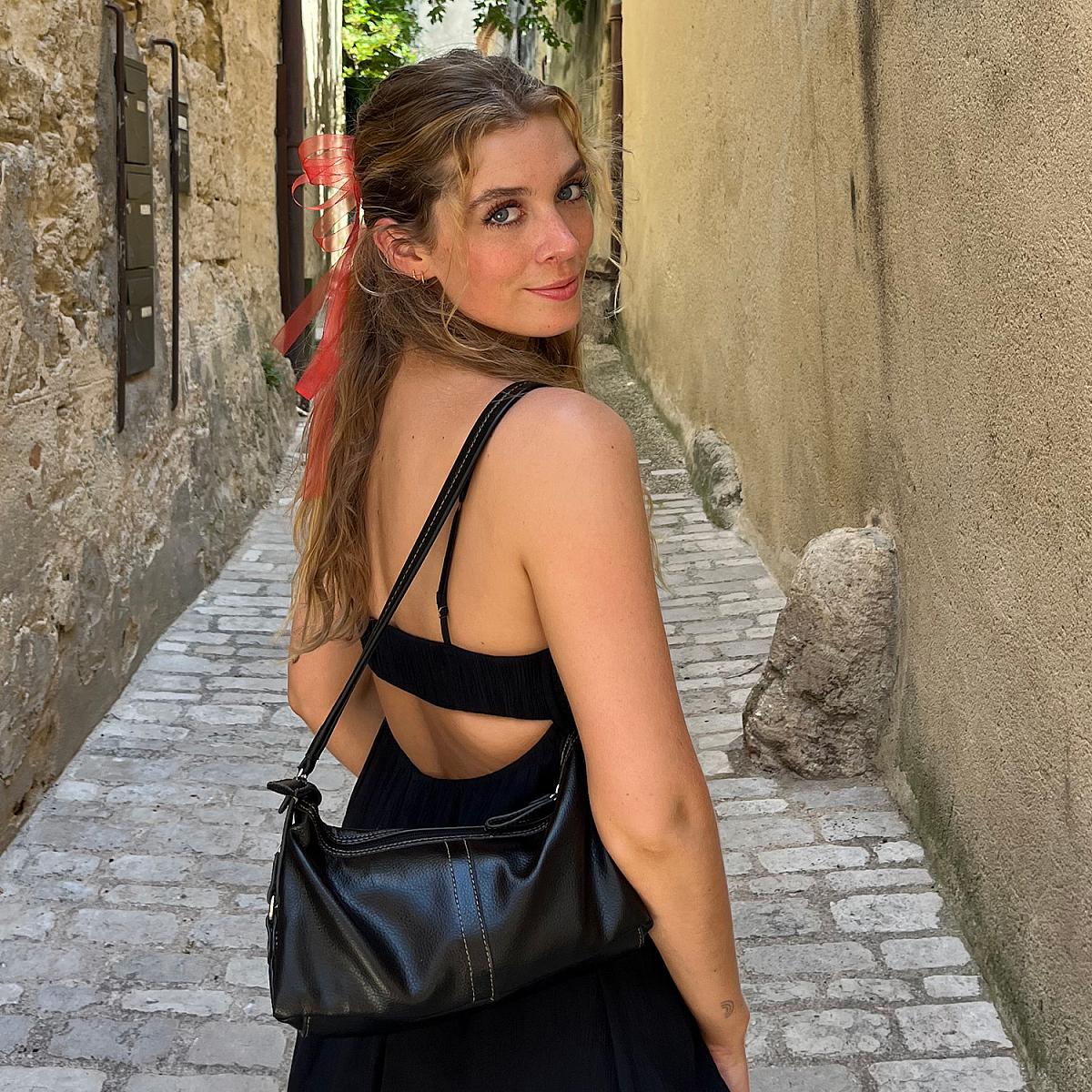
Reshape Your Nose for a New You
Procedure Cost
Rhinoplasty (Nose Job)
$6,360 –$10,855*
*Price listed is an estimate.
Cosmetic nose reshaping (a nose job) is also known as rhinoplasty. With a nose job, a board-certified surgeon can:
- reduce or increase the size of your nose,
- remove a bump on the bridge of your nose,
- narrow the span of your nostrils,
- change the shape of the tip of your nose.
Whether you want to reshape your nose for aesthetic reasons or correct your nose if it’s misshapen from an injury or accident, our plastic surgeons at University of Utah Health can help you.
Request a consultation with one of our facial plastic and reconstruction specialists to determine if rhinoplasty is the right decision for you.
Meet Our Rhinoplasty Surgeons
Qualified Facial Plastic Surgeons
It’s important for patients to choose an experienced, board-certified rhinoplasty surgeon. Some patients have rhinoplasty surgery more than once because the first surgery doesn’t produce the results a patient wanted.
Our board-certified surgeons have additional training in plastic surgery techniques, often preventing the need for further surgeries. Our plastic surgeons have both the skill and vision necessary to ensure you can present your best side.
Find a Plastic Surgeon Near You
Functional Rhinoplasty (Revision Nasal Surgery)
Revision rhinoplasty can restore (or brings back) your nose’s shape and function after a traumatic injury or past surgery.
Because previous surgeries can damage both how your nose looks and how it works, patients who get revision rhinoplasty need an experienced surgeon who can work around scar tissue to make your nose look more normal again.
A surgeon may suggest functional nasal surgery for the following reasons:
- to improve breathing,
- to correct congenital or acquired deformities (birth defects),
- to change your nose's size or shape (cosmetic surgery), and/or
- to repair nasal injuries from trauma.
Sometimes a surgeon may also use a flap of skin from your forehead as part of the procedure. Learn more about forehead flap nasal reconstruction.
Improve Breathing Problems After a Rhinoplasty
Some patients develop breathing problems (also called nasal obstruction) after an injury, after having their first rhinoplasty surgery, or are born with them.
Functional rhinoplasty can help you breathe more easily again by repairing the internal structure of your nose, such as the septum and making your nose straighter.
If you’d like to learn more about revision rhinoplasty, you can request a consultation with one of our plastic surgery specialists.
Rhinoplasty Procedure
Your U of U Health surgeon will determine the best approach for your procedure – open or closed rhinoplasty.
Open rhinoplasty: During open rhinoplasty, your surgeon will make an incision across the base of your nose. You’ll have a few external stitches and a small concealed scar after surgery.
Closed Rhinoplasty: During closed rhinoplasty, all stitches are internal and your surgeon will make changes to your nose through your nostrils.
Rhinoplasty is always specifically tailored to a patient’s needs, so your surgeon will choose the best technique for your desired outcome.
Rhinoplasty Recovery
Recovery from rhinoplasty surgery is fairly quick. Most patients are able to get back to their regular routine one to three weeks after surgery.
Twenty-Four Hours After Surgery
Rhinoplasty is an outpatient procedure. You can expect your surgery to take a couple of hours and you’ll get to go home with a family member that same day.
It’s important to plan accordingly for your first night home. Arrange to have a family member or friend who is dedicated to taking care of only you during the first 24 hours of recovery. Although it’s an outpatient surgery, you’ll feel the effects of the anesthesia and prescription pain medication, which means no driving and you may consider arranging for some extra help with your children.
Surgeons also recommend meal-prepping soft foods like pasta or baked potatoes for your first few days of recovery ahead of your surgery.
First Week After Surgery
It's important to rest for the first week after your rhinoplasty. You will want to take time off work, and it may be a good idea to have someone help you at home. It’s best practice to clear your schedule since you’ll probably be on prescription pain medication for a few days.
- You will likely have a cast on your nose.
- You may have some bruising and swelling around your eyes.
- You can expect some discharge or blood from you nostrils.
- The cast and splints will come off your nose and stitches will be removed at the end of the first week.
Second & Third Weeks After Surgery
You should start to see big improvements in how you feel each day in the second week after surgery. Bruising and swelling around your eyes and on your nose will go down steadily. Most people can go back to school or work after the first week. You still won't be able to lift heavy items or exercise, however, for three weeks.
Surgeons typically see patients one week, three weeks, three months, and one year after surgery, but you can make appointments as you need them if you have concerns.
Hear From Our Experts
Rhinoplasty Financing
Cosmetic rhinoplasty is not covered by insurance. During your appointment, we will provide you with cost estimates, and the U of U Health team can assist you in finding financial resources.
If you are having a rhinoplasty because of breathing problems, your insurance may cover all or parts of the surgery. The U of U Health team can assist you in getting preauthorization from your insurance company prior to the surgery. They can also help you understand your benefits and estimate your out of pocket expenses.



